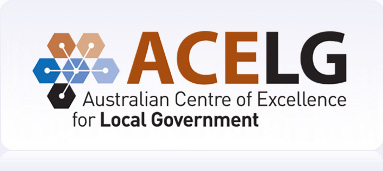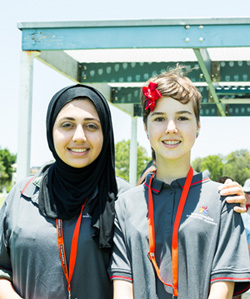The City of Geraldton has a population of about 42,000 people with an established Aboriginal community (10% of total population) and an increasing percentage of new arrivals from India, Africa, Vietnam and the Philippines (21% of total population).
In the 2029 and Beyond Program thousands of people were asked about their dreams and desires for the city. After two and half years of consultation, it was clear that people wanted more involvement in decision-making and the #changesCGGcommunity program was established to ensure citizens were engaged in a more democratic way in the management of the City.
#changesCGGcommunity is based on the principles of deliberative democracy and participatory budgeting in which community panels review and prioritise the City's community infrastructure and services projects.
After successfully creating a Capital Works Priority List and making recommendations on City services, the community assisted the City to review the range of non-mandatory services. As part of this, 100 people were recruited to participate in a community summit. The participants were selected from four different groups: people who self-selected; a randomly selected representative sample; key stakeholder representatives; and people who participated in previous community panel processes.
The process involved:
- A three-hour workshop introducing the city's services, outlining the deliberative democracy process, explaining their task and understanding and contributing to community values criteria. It also involved training people to use specific software to allow them to vote on the services they want to fund
- A six-hour workshop to deliberate the importance and value of non-mandatory services and then a vote on these non-mandatory services.
In order to ensure inclusiveness, the City provided transport to and from the summit for the participants who live over 100km away (primarily Aboriginal people) and supported families by offering childcare during the workshops.
The outcomes, apart from getting input from the community, included higher levels of community participation, an inclusive process and building a sense of social cohesion amongst people from different backgrounds who might not otherwise interact.
Sources: City of Greater Geraldton (n.d.). 2029 And Beyond: A vision by and for the community of Greater Geraldton City.
Personal communication with Coordinator Community Development, City of Greater Geraldton (2015).
 It is important for local governments to understand their communities so they can develop and deliver appropriate services and determine whether and where there is potential for issues to arise between different groups.
It is important for local governments to understand their communities so they can develop and deliver appropriate services and determine whether and where there is potential for issues to arise between different groups. 
 Engagement is about creating formal and informal opportunities for listening and responding to community needs. An engaged community, committed to building strong relationships, is both a short and long-term asset for local government. However, creating an engaged community often requires local governments to ensure the community has the
Engagement is about creating formal and informal opportunities for listening and responding to community needs. An engaged community, committed to building strong relationships, is both a short and long-term asset for local government. However, creating an engaged community often requires local governments to ensure the community has the 

